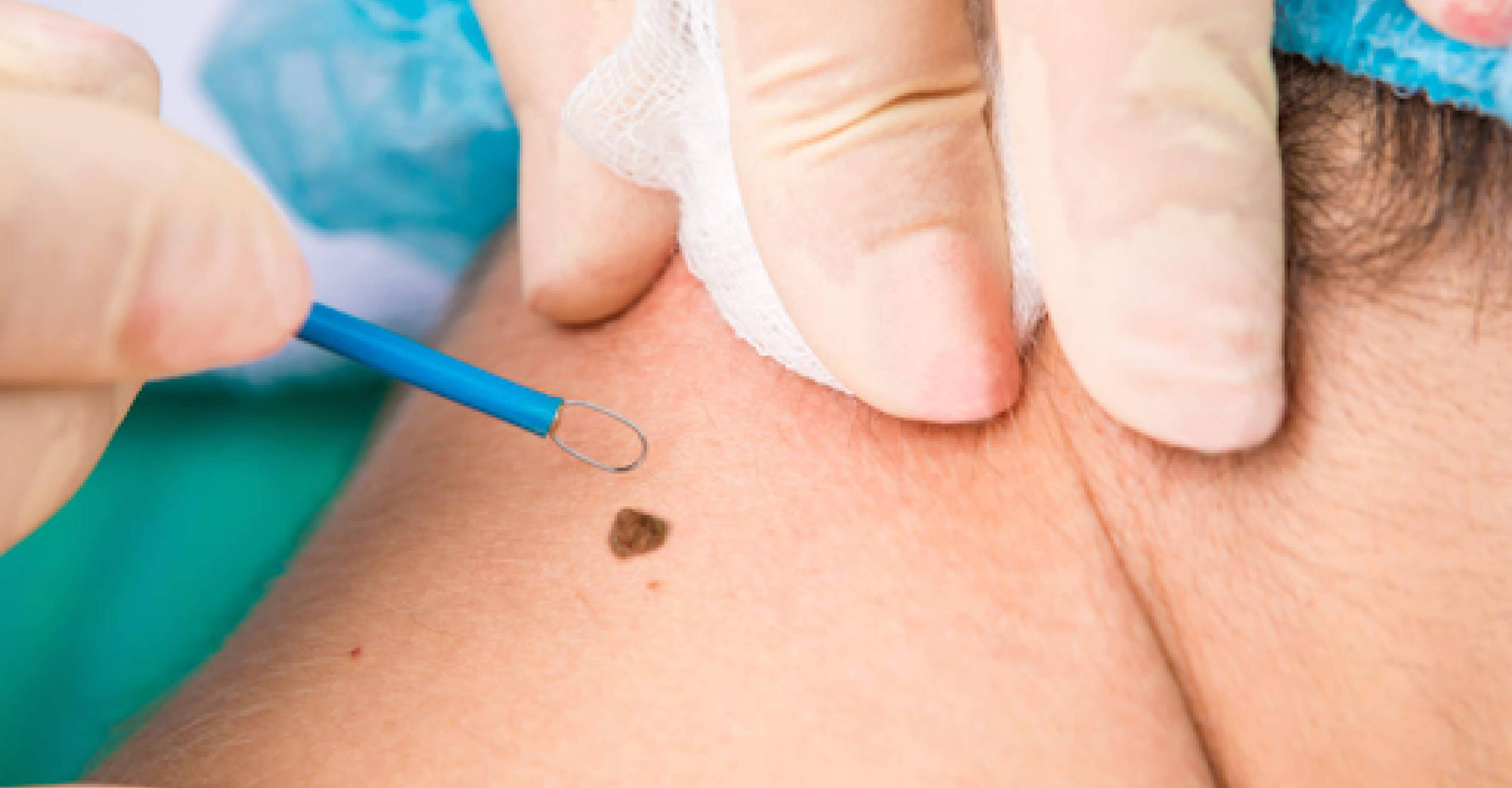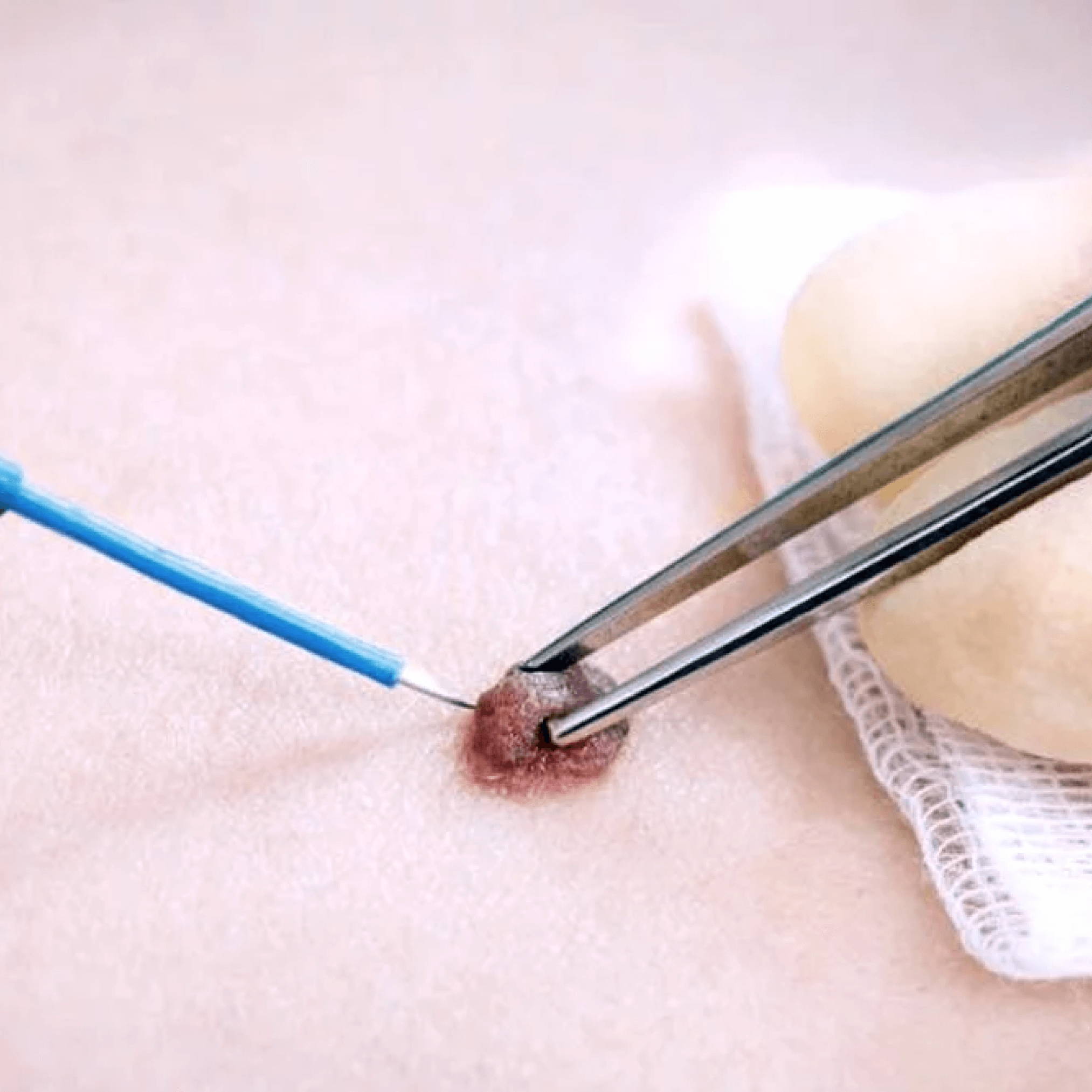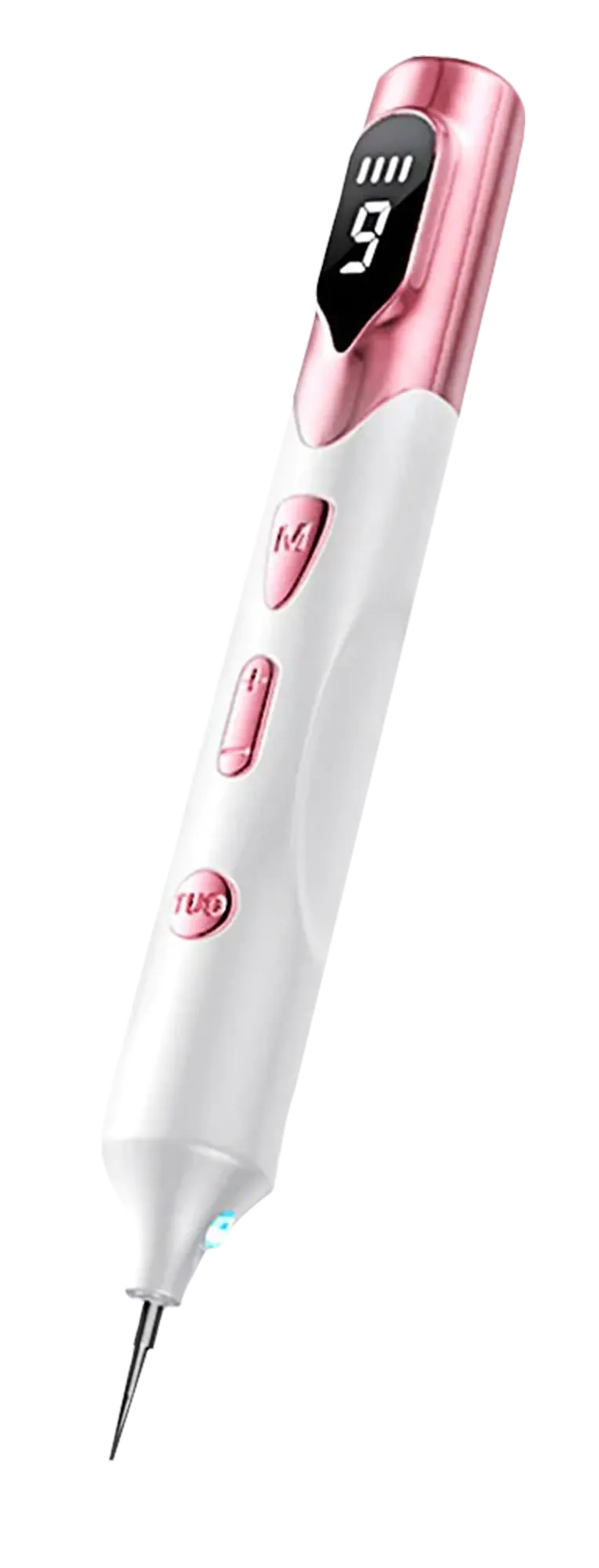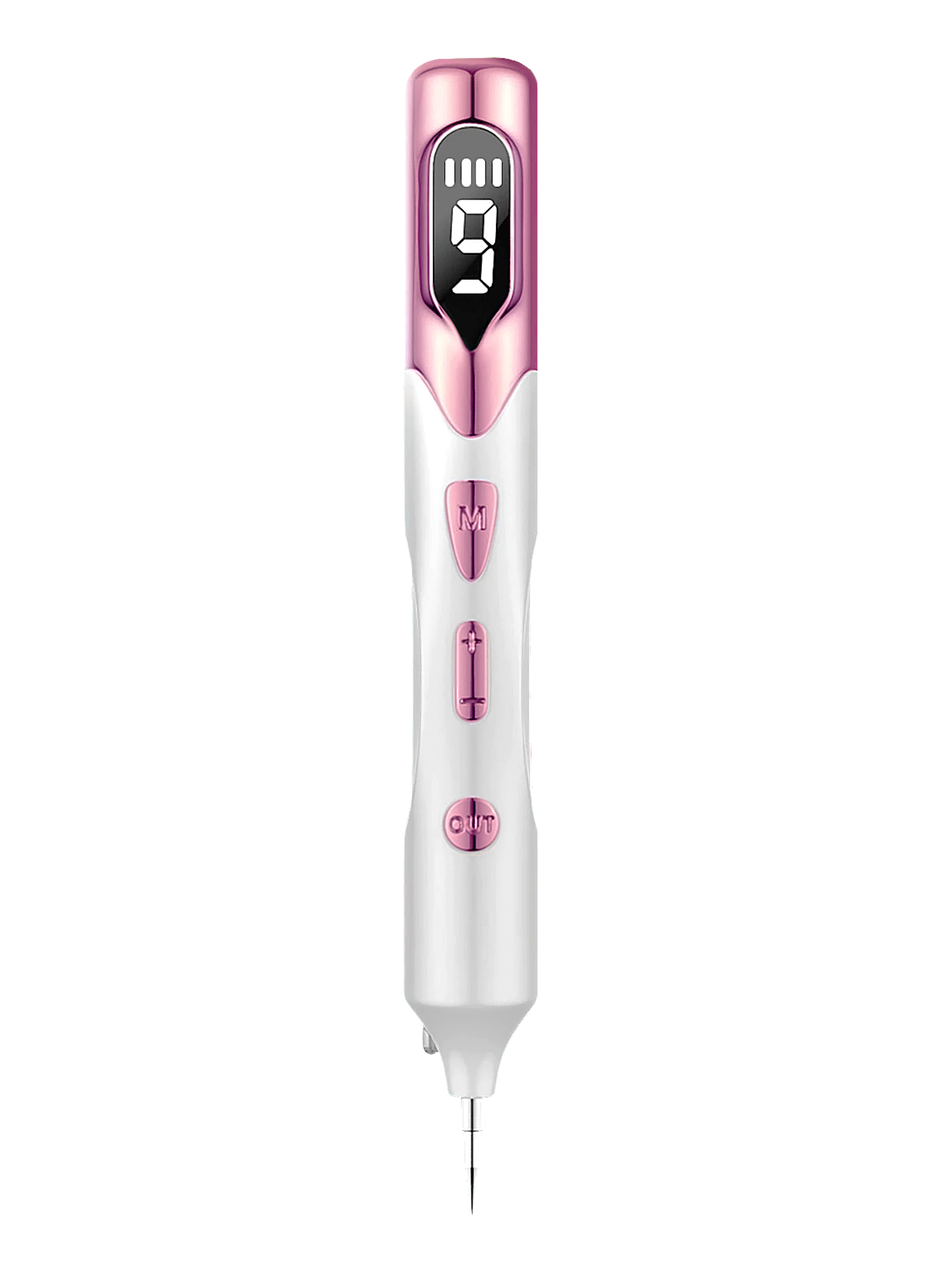How Cauterization and Electrocautery Works (Skin Tags)
Published on Jul 28, 2023

Cauterization and Electrocautery for skin tag removal
Skin tags can be a source of frustration and self-consciousness for many individuals.
While there are various methods available for their removal, one technique that has gained popularity is skin tag cauterization and electrocautery.
In this blog post, we´ll shed light on this topic, outlining your questions about the procedures, their effectiveness, or the healing process.
That's why we're here to provide you with comprehensive information to help you make an informed decision about your skin tag removal journey.
By the end, you will have a better understanding of these techniques and whether they are suitable for your skin tag removal needs. Let's dive in!
Understanding skin tag cauterization
Healing time and aftercare
Healing time and aftercare
The level of pain and discomfort experienced during skin tag cauterization can vary from person to person.
Some individuals may experience mild discomfort during the procedure. But, the discomfort is usually brief and well-tolerated by most patients.
Before the cauterization procedure, the healthcare professional may apply a local anesthetic to the area to minimize any potential pain or discomfort.
As a result, most patients report feeling only a mild sensation of warmth or slight pressure during the cauterization process.
After the cauterization, some patients may experience mild soreness or tenderness in the treated area, but this discomfort usually subsides within a day or two.
To further minimize any post-procedure discomfort, the healthcare professional may recommend over-the-counter pain relievers such as acetaminophen or ibuprofen.
It is essential to follow the healthcare professional's advice and adhere to any prescribed medications to ensure a comfortable recovery.

A woman taking control of her skincare
Electrocautery for skin tags
Electrocautery is a technique commonly used for skin tag removal and is similar to standard cauterization in its objective of removing the skin tag through the application of heat.
But, there is a difference in the way heat is generated and applied in electrocautery.
During electrocautery, a specialized medical device called an electrocautery pen is used. This pen delivers a high-frequency electrical current to the targeted area.
The electrical current heats the tip of the pen, which is then carefully applied to the skin tag to effectively burn and coagulate the tissues, causing the skin tag to detach from the skin's surface.
One of the primary advantages of electrocautery over standard cauterization is the level of precision it offers.
The healthcare professional performing the procedure has better control over the depth and extent of tissue destruction, reducing the risk of damage to surrounding healthy skin.
Electrocautery may cause some mild discomfort during the procedure.
However, the healthcare professional may apply a local anesthetic to numb the skin and minimize any potential pain or discomfort.
Cautery pen for skin tags
Cautery pens are a popular medical tool used for skin tag removal and other minor surgical procedures.
The cautery pen typically consists of a pen-shaped device with a fine tip. The tip of the pen is heated using either electricity or a battery-operated mechanism.
When the heated tip comes into contact with the skin tag, it effectively cauterizes the tissue, causing the skin tag to detach from the skin's surface.
One of the main benefits of using a cautery pen for skin tag removal is the precision it offers. The fine tip target and treat the specific skin tag without affecting surrounding healthy skin.
This accuracy helps minimize the risk of scarring and ensures a more aesthetically pleasing result.
Additionally, cautery pens are often portable and easy to handle, making them a convenient tool for skincare procedures.
However, they are generally more suitable for smaller skin tags. Larger or more complex skin tags may require alternative removal methods for optimal results.
Are these professional methods what you need for?
We covered the ins and outs of skin tag cauterization and electrocautery, providing a comprehensive guide to help you make informed decisions about these methods for skin tag removal.
We discussed how cauterization uses heat to remove skin tags and the importance of proper aftercare for optimal healing.
We also explored the differences between cauterization and electrocautery, addressing common concerns about pain levels during the procedures.
Both skin tag cauterization and electrocautery offer effective results and relatively short healing times, but individual responses may vary.

If you're looking for a non-invasive and effective option to address various skin concerns, we encourage you to explore plasma pen therapy.
This innovative procedure harnesses the power of plasma energy to regenerate and revitalize the skin, offering remarkable results.
Consider unleashing your goal for flawless skin and free skin tags with our plasma pen.
REMOVE YOUR SKIN TAGS AT HOME WITHOUT THE HIGH PRICE

Skintify Fibroblast Plasma Pen
✓ 60 day money-back guarantee
Get your Skintify Plasma Pen with 30% off!
Say definitely goodbye to skin tags. Don't miss this opportunity to achieve real results.
Visit the site now and place your order before it's too late. Get the flawless skin you've always dreamed of!
Deal ending in:
- 4780 Winchester Blvd, Frederick Maryland, 21703
- support@skintify.co
- +1 786 540 6175




